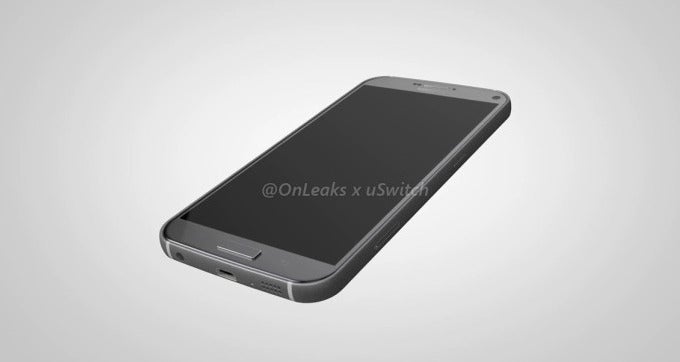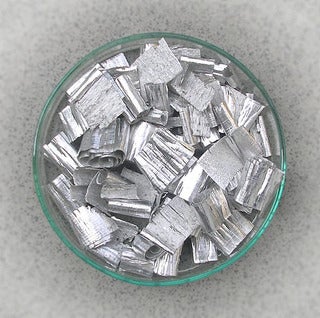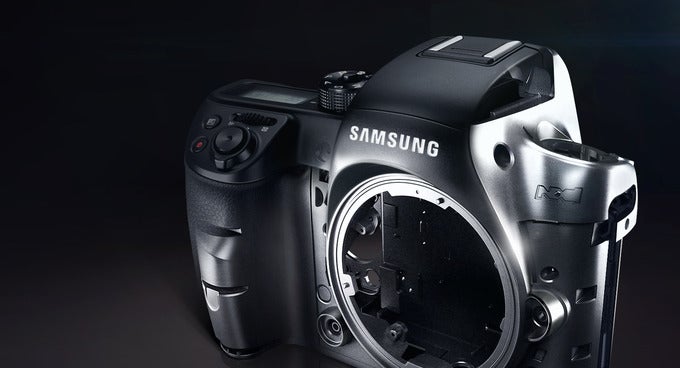Magnesium vs aluminum, or why a Samsung Galaxy S7 made of magnesium would be awesome

CAD render depicting what the Galaxy S7 might look like. Via @OnLeaks
What is magnesium, anyway?

What makes magnesium alloys better than aluminum ones?
Magnesium alloys are about 33% lighter, yet just as strong and easier to machine
Several are the differences that set magnesium alloys apart from aluminum ones. Firstly, there's the lighter weight of the former. The frame of the Galaxy S6, for instance, is made of 6013-grade aluminum alloy, which has a density of 2.71 g/cm³ (0.0979 lb/in³). The density of the 7000-series aluminum used in the iPhone 6s is even greater. In comparison, magnesium alloys have densities of about 1.8 g/cm³ (0.065 lb/in³). What these confusing numbers indicate is that magnesium alloys are about 33% lighter than aluminum ones, which greatly affects the total weight of the product they're used in. Most of us wouldn't mind a lighter Galaxy S7, right?Despite being lighter, magnesium alloys are similar to (if not better than) aluminum ones in terms of mechanical characteristics. They can be just as strong and durable. They are also good at dissipating heat. They dampen vibrations and shock really well. They have a lesser impact on the transmission of radio waves. In addition to all this, it is easier to make structural elements, such as a phone's body or chassis, out of magnesium alloys due to the material's favorable mechanical properties and lower melting point.
If magnesium alloys are so awesome, where have they been all along?
Historically, aluminum was quicker to gain popularity – as a metal great for making anything from soda cans to car engines. It was light, durable, recyclable, and improvements in technology made it cheap to obtain. The adoption of magnesium for commercial applications began much later, but the popularity of the material is on the rise as its cost-efficiency is nearing that of aluminum. On one hand, raw magnesium is still more expensive than aluminum, but being easier to machine makes its alloys about as cost-effective as aluminum ones.

The Samsung NX1 camera has a body made of magnesium alloy
That magnesium Samsung Galaxy S7 is going to be sweet!
Not so fast, cowboy! A rumor is just a rumor and should be treated as such, especially when we have no physical evidence to support it. Nevertheless, the odds of seeing a Galaxy S7 made of magnesium alloy aren't slim at all. The material is far from exotic, can be produced in large quantities, and its advantages over aluminum would give the next Galaxy flagship one more thing to stand out with. Besides, it's not like we haven't seen magnesium-made gadgets already – the Microsoft Surface tablets, the OnePlus 2, and the Oppo R1 all have bodies made of magnesium alloy. Samsung is no stranger to the material either, as its NX1 digital camera boasts a sturdy magnesium body. All that said, a magnesium-made Samsung Galaxy S7 will not come as a surprise, seeing that its makes sense as the next step in the Galaxy line-up's design evolution. What such a phone might look like is depicted in the unofficial renders and leaked images below.
References:
Magnesium.com - Advantages over other materials
Investmine.com - Aluminum price charts, Magnesium price charts
Dynacast.com - Magnesium die casting
Encyclopedia.com - Aluminum alloys
Meridian-mag.com - Magnesium die casting
Follow us on Google News



![Some T-Mobile users might be paying more starting in March [UPDATED]](https://m-cdn.phonearena.com/images/article/176781-wide-two_350/Some-T-Mobile-users-might-be-paying-more-starting-in-March-UPDATED.webp)









Things that are NOT allowed:
To help keep our community safe and free from spam, we apply temporary limits to newly created accounts: